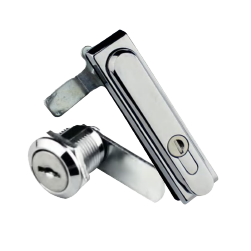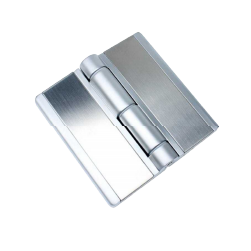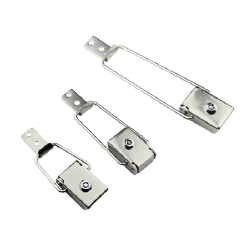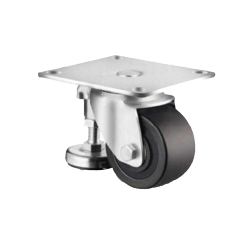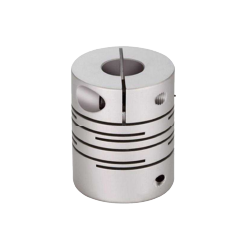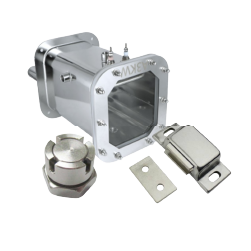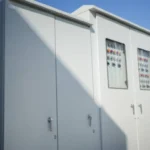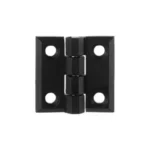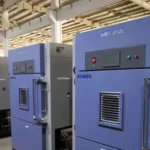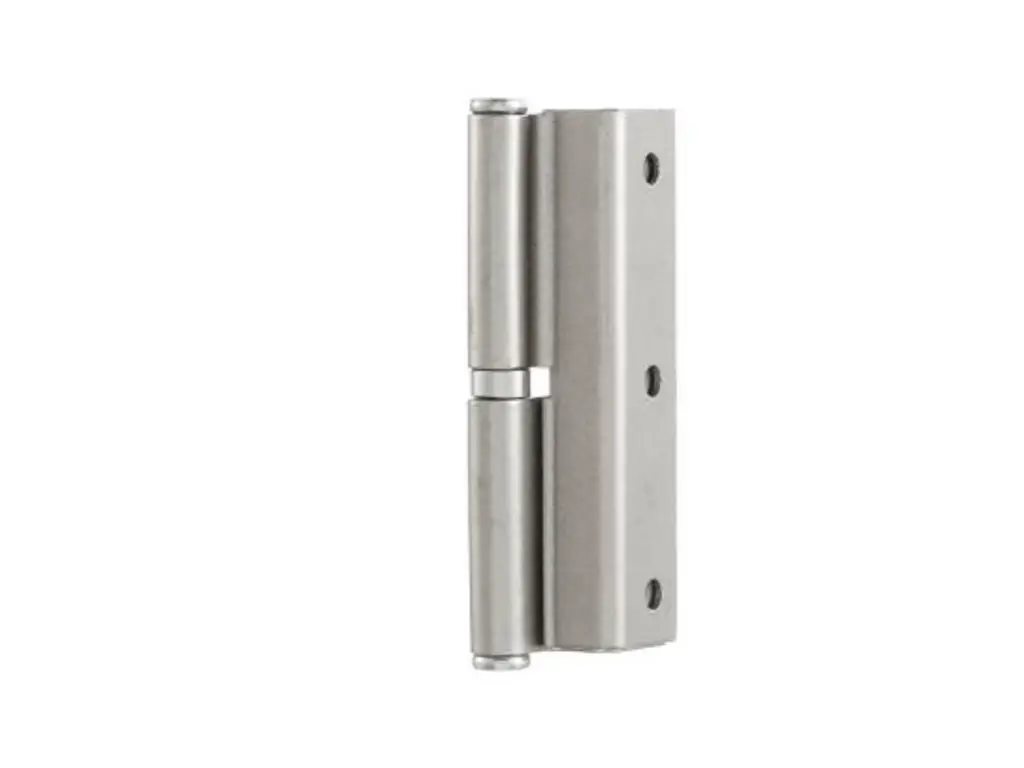
Mechanical hardware is characterized by components that, even though they may be small, offer vital functionality. The offset hinge is one of these elements of considerable utility, with engineered solutions to issues of residential accessibility to heavy industry operational demands. The design principle that enables it to be unique enables it to essentially change the relationship between a door and its frame to provide clearance and enhance functionality in a manner that conventional hinges cannot.
This manual is an authoritative source of the offset hinge. We shall cut it up into its mechanical principles, classify its main forms, and fix the essential conditions of its choice. Moreover, we will discuss its high-tech use in specialized industrial fields and give clear and practical instructions on how to install it. The goal is to give a comprehensive knowledge of this hardware so that homeowners, installers, and industrial engineers can make wise decisions that guarantee safety, functionality, and longevity.
What Are Offset Hinges and Their Key Benefits?
Fundamentally, an offset hinge is a form of hinge that is created to move the pivot point of a door out of the door frame. In a normal butt hinge, the pivot is found in the knuckle, and it is even on the edge of the door and frame. At 90 degrees of door opening, the door itself is still in the door opening, and the effective clearance is less.
This geometry is altered by the offset hinge. It has a distinctive design with a dog-leg design that shifts the pivot point outward, not on the doorjamb. As a result, as the door is swung open, the whole body of the door slides out of the opening. This apparently easy change of the pivot point has a number of significant advantages.
First and most importantly, it expands the width of the doorway that can be used. An offset hinge can provide as much as two full inches of clearance by pushing the door edge out of the way. This growth is essential in places where accessibility is a concern. To those who are in wheelchairs or walkers, these additional inches may mean the difference between smooth sailing and an insurmountable obstacle. It is an efficient and direct remedy for enhancing mobility.
Second, it offers a very economical renovation alternative. The same level of clearance would have to be made possible by structural changes to the door frame to be achieved by conventional means. This is labor-intensive, disruptive, and costly work. The offset door hinge is a viable alternative that is a fraction of the cost and does not require construction.
Third, the installation is easy. Most offset door hinges, especially residential door hinges, are constructed to fit the identical screw hole pattern as butt hinges. This enables a direct replacement without drilling new holes or repairing old holes, and thus a project accessible to professionals and the competent homeowner.
Not Just For Doors: Types of Offset Hinges
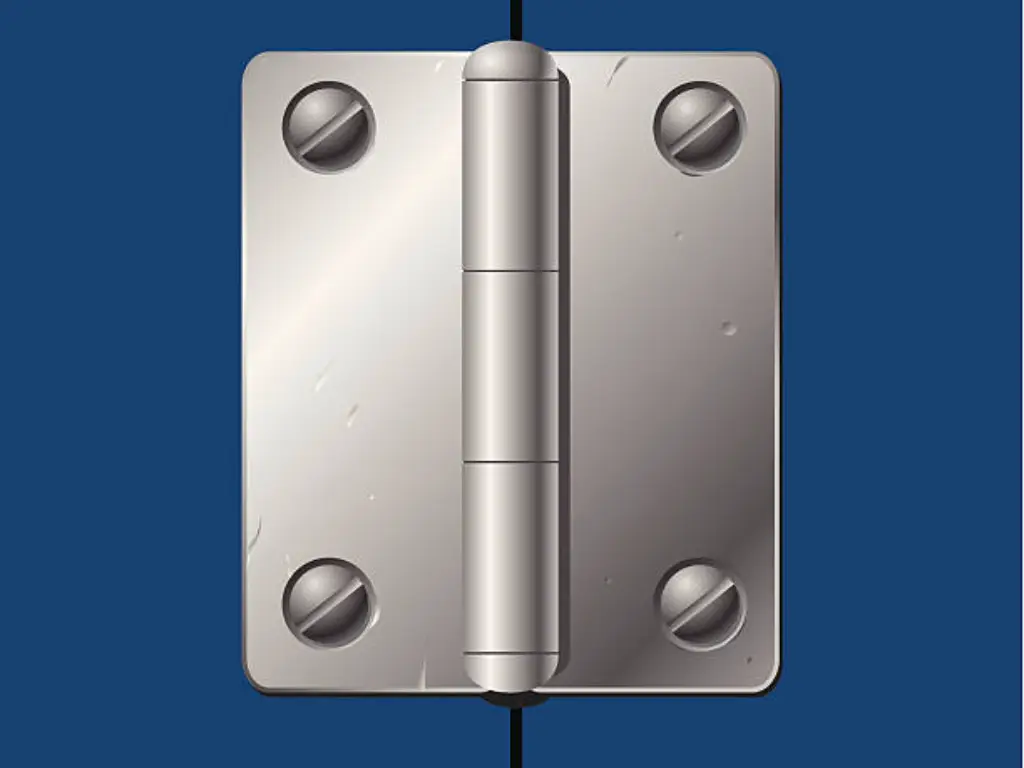
The core principle of offsetting a pivot point is versatile, and its functionality has been adapted into several distinct types of hinges to meet specific needs across a range of applications. While often associated with passage doors, the family of offset hinges is broad, encompassing hardware for furniture and heavy commercial use. Understanding the different types of hinges is the first step in proper specification.
Expandable “Swing-Clear” Hinges
This is the most common type of hinge associated with accessibility modifications on residential interior doors. Often referred to as swing-clear or expandable hinges, their primary function is precisely as described: to swing the door entirely clear of the door opening. They are typically available in standard residential door hinge sizes (e.g., 3.5 inches, 4 inches) and are designed for simple replacement of existing butt hinges. Their construction is focused on providing clearance for interior applications.
Offset Cabinet Hinges
In cabinetry and furniture making, particularly with inset cabinet doors, the offset hinge performs a critical function. Inset doors are set flush within the cabinet’s face frame, which means a standard hinge would cause the door to bind against the frame as it opens. An offset cabinet hinge moves the pivot point outward, allowing the door to swing open without obstruction. This type of hinge is essential for achieving a clean, flush look in high-end cabinetry while maintaining full functionality. Their unique design is tailored to the smaller scale and different aesthetic requirements of furniture.
Heavy-Duty Offset Pivot Hinges
For heavy commercial, industrial, or exterior doors, the heavy-duty offset pivot hinge is the required specification. Unlike hinges that mount to the side of the door frame, an offset pivot hinge system places the pivot point in the floor and the header or top frame. This configuration transfers the entire weight of the door directly to the floor, allowing the system to support extremely heavy doors—often weighing several hundred pounds—without putting stress on the door frame. This design is exceptionally durable and ideal for areas of frequent use, such as hospitals, factories, and public buildings. These systems are also commonly used for heavy gate hinges where structural integrity is paramount.
Critical Selection Criteria: Load, Material, and Environment
Selecting the correct offset hinge requires moving beyond its basic type and considering the specific forces and environmental conditions it will endure throughout its operational life. An improper selection can lead to premature failure, compromised safety, and costly replacement. Three criteria are paramount: load capacity, material composition, and the operational environment.
Load Capacity
The weight of the door exerts significant torque on its hinges. This force is amplified during the closing and opening motions. Every hinge is rated by its manufacturer to support a maximum door weight. Exceeding this rating will lead to sagging, binding, and eventual failure of the hinge itself or its fasteners. For heavy industrial doors, which can easily exceed 100 kilograms, specifying a hinge with an appropriate load capacity is a critical safety consideration. The calculation should also account for the frequency of use; a hinge on a high-traffic door experiences far more wear than one used infrequently.
Material Composition
The material from which a hinge is made dictates its strength, durability, and resistance to environmental factors.
| Material | Key Strengths | Ideal Environments | Considerations |
| Stainless Steel (SUS 316) | Maximum corrosion & chemical resistance; high strength. | Marine, coastal, chemical plants, food processing, medical. | Highest material cost; specified for the most demanding conditions. |
| Stainless Steel (SUS 304) | Excellent corrosion resistance; high strength and durability. | General exterior use, high-humidity areas, bathrooms, kitchens. | The industry standard for high-quality, long-lasting hardware. |
| Zinc Alloy | Excellent for creating detailed shapes; smooth finish for plating. | Dry, interior applications; decorative hardware; electronics enclosures. | Lower tensile strength than steel; relies on plating for corrosion resistance. |
| Steel (Plated/Coated) | High strength; very cost-effective. | Protected interior or exterior environments where coating remains intact. | The protective coating is critical. Scratches or wear can lead to rust. |
| Brass | Classic aesthetic appeal; good natural corrosion resistance. | Decorative, architectural, and historical restoration applications. | A softer material with a lower load capacity compared to steel. |
Operational Environment
The environment is a decisive factor in material selection. A door in a humid or coastal area requires a hinge made of stainless steel or one with a high-performance coating to prevent rust. In industrial settings, exposure to chemicals or cleaning agents may necessitate a specific grade like SUS316. Extreme temperatures can also affect performance, causing materials to expand or contract and lubricants to change viscosity, potentially impeding the closing mechanism or increasing friction. The length of the hinge and its material must be matched to these specific needs.
Advanced Applications in Demanding Industries
The true test of an offset door hinge engineering occurs in environments where standard hardware quickly fails. In sectors like industrial manufacturing, medical technology, and food processing, hardware is not merely functional; it is a critical component of a larger, precision-engineered system.
In environments involving high-temperature industrial ovens or environmental test chambers, the operational range is extreme, often cycling from -70°C to over 260°C. Here, hardware must withstand constant thermal shock without warping or losing its structural integrity. The materials must be stable, and the hinge’s functionality must remain consistent. This is where a specialized industrial hardware partner becomes indispensable. For instance, KUNLONG has built its reputation over two decades by engineering solutions for these exact conditions. Their heavy-duty hinges are designed to maintain smooth operation and ensure the critical sealing performance of oven doors, with certain models rated for operation down to an exceptional -109°C.
Similarly, in the biological, medical, and 3C/semiconductor automation sectors, the requirements shift to precision, purity, and resistance to chemical corrosion. Hardware in a laboratory incubator or a semiconductor fabrication tool must be resistant to frequent cleaning with agents like alcohol. It must also be free of surface imperfections that could harbor contaminants. Furthermore, the hinge mechanism must provide a smooth, reliable closing action without generating particulate matter from friction. KUNLONG addresses this with features like antimicrobial surfaces and a multi-stage polishing process that achieves a mirror-like, non-porous finish. This meticulous approach to design and manufacturing is vital for equipment where precision and sterility are paramount.
Step-by-Step Installation Guide
Proper installation is essential for the safety, functionality, and longevity of any offset hinge. While specific instructions may vary by manufacturer, the following guide provides a reliable process for common applications.
Part 1: Installation on Residential Wooden Doors
- Prepare the Door: Safely support the door with wedges to prevent it from moving or falling once the old hinges are removed.
- Remove Existing Hinges: Unscrew one hinge at a time, starting with the bottom hinge. Remove the old hinge from both the door frame and the edge of the door.
- Position the Offset Hinge: Align the new offset hinge with the existing screw holes. The “offset” or dog-leg part of the hinge should extend away from the door, allowing the door to swing clear of the frame.
- Fasten the Hinge: Secure the hinge first to the door frame, then to the door itself, using the screws provided. Ensure screws are tight but do not overtighten, which could strip the wood.
- Repeat and Test: Repeat the process for the remaining hinges. Once all are installed, carefully remove the wedges and test the door’s swing. It should open smoothly to its full range and close correctly without binding. Check the clearance to ensure the desired effect has been achieved.
Part 2: Professional Considerations for Heavy-Duty Metal Doors
Installing heavy-duty or industrial-grade hinges requires greater precision and power tools.
- Support is Critical: A heavy metal door must be professionally supported with a door jack or by multiple technicians. Never attempt this alone.
- Fastening Method: These doors often require machine screws that tap into a pre-drilled metal door frame, or through-bolts that pass entirely through the door for maximum holding power. Ensure you are using the correct type and size of fastener for the material.
- Precise Alignment: Even a slight misalignment can cause severe binding and put immense stress on the hinge and frame. Use level and precision measuring tools to ensure the hinges are perfectly plumb and aligned with each other. For heavy-duty gate hinges or industrial doors, laser alignment tools are often used.
- Torque Specifications: Follow the manufacturer’s recommended torque specifications for all fasteners to ensure a secure and safe installation that will withstand frequent use.
Choosing a Partner, Not Just a Product

For a simple residential project, a standard offset hinge from a retailer like Amazon might suffice. The requirements are well-defined, and the product is a commodity. However, for industrial, commercial, or OEM applications, the selection process must evolve. Here, the choice of a supplier is a critical strategic decision, and you are choosing a partner, not just a product.
Standard, off-the-shelf products are designed for common problems. But in advanced engineering, problems are rarely common. An application may require a specific load capacity, a unique mounting footprint, resistance to a proprietary chemical, or a particular closing feel. In these cases, a standard hinge is not a solution; it is a compromise. This is where the capabilities of a vertically integrated manufacturer become a decisive advantage. A partner with in-house design, engineering, and manufacturing capabilities can provide a solution tailored to your exact needs.
This is where a manufacturer like KUNLONG creates significant value. With a dedicated R&D team of 30 engineers and a robust product development process, they offer comprehensive ODM/OEM services that go far beyond a product catalog. The partnership begins with consultation, providing access to a library of 3D models for existing products that can be directly integrated into a client’s design software. If a custom solution is needed, their team can translate a complex requirement into a preliminary 3D design within seven days. With a portfolio of over 700 successful custom functional solutions, their experience ensures that the final product is not only manufactured to specification but is also optimized for its application.
Ultimately, whether for improving accessibility in a home or ensuring the reliability of a critical piece of industrial equipment, the right hinge is essential. And for those with complex challenges, the right manufacturing partner is indispensable.

